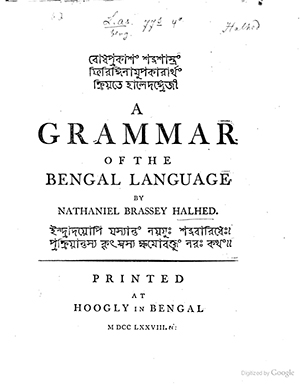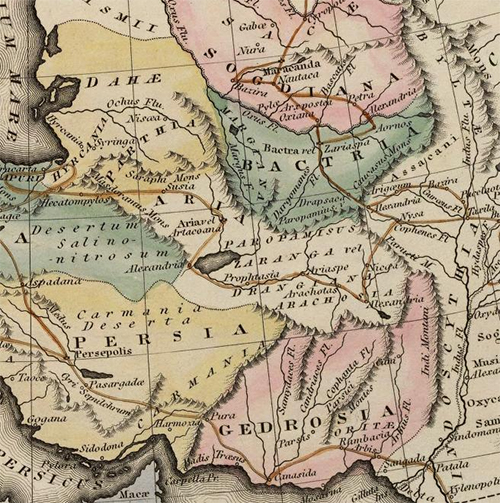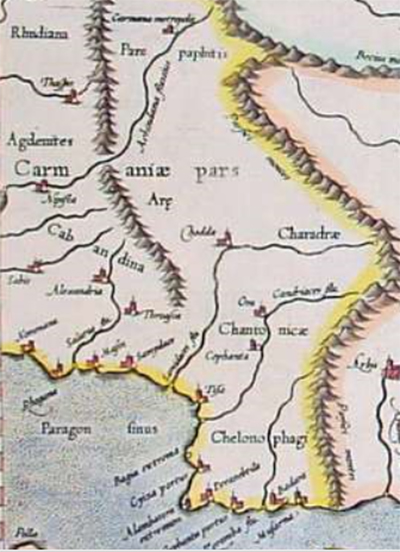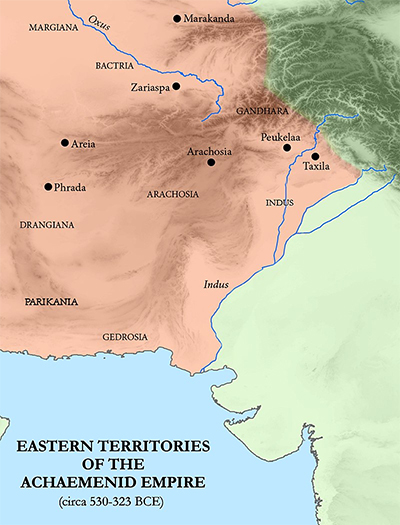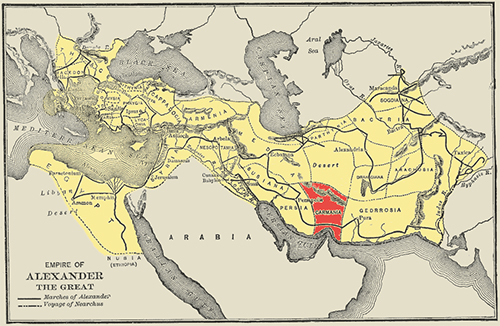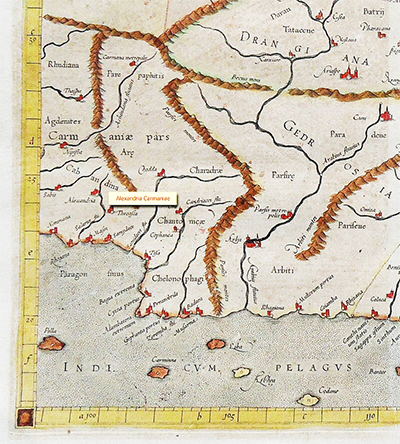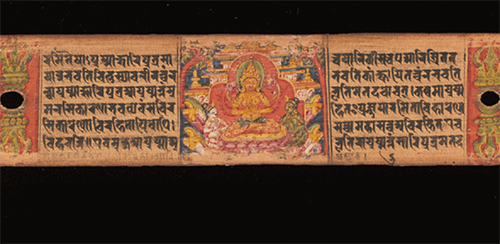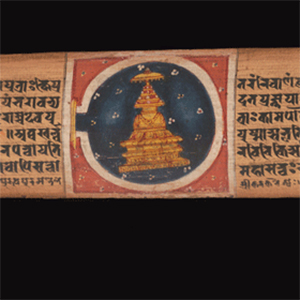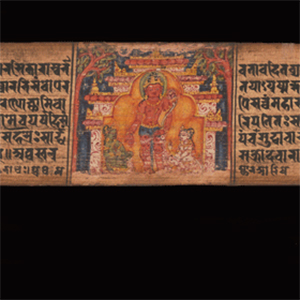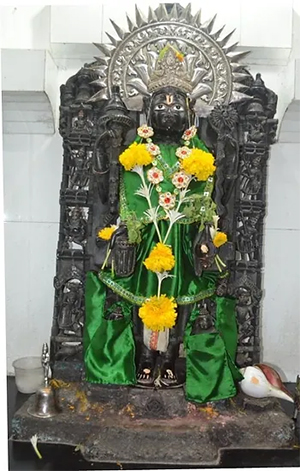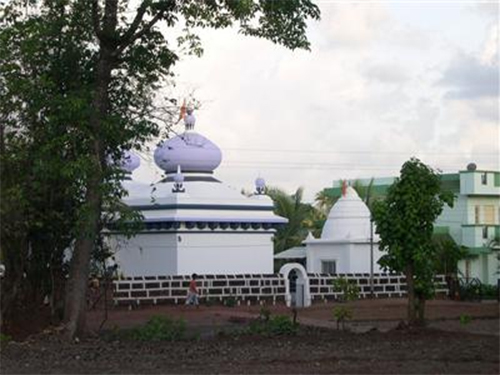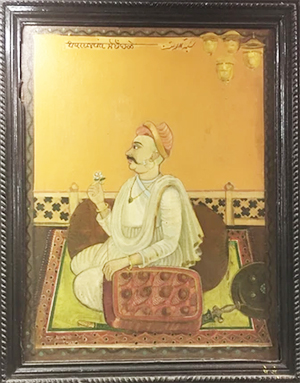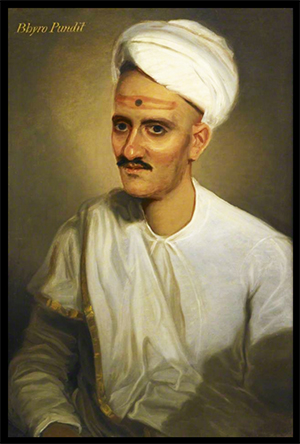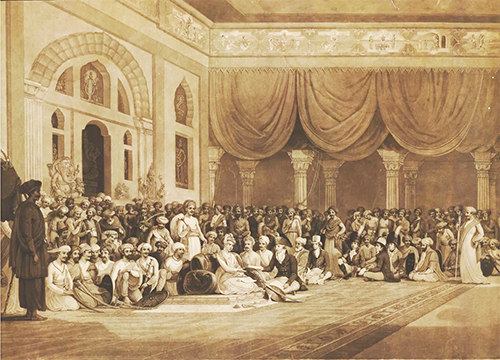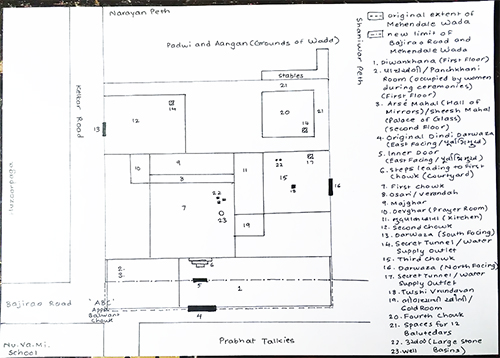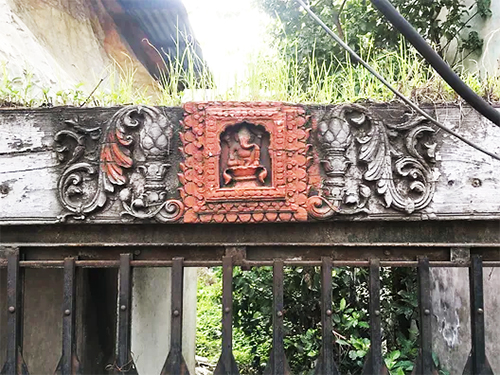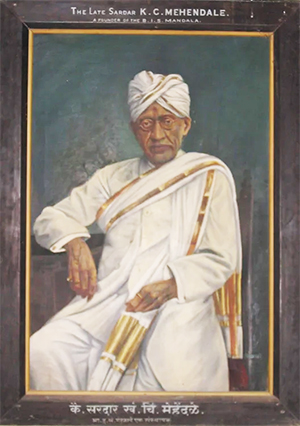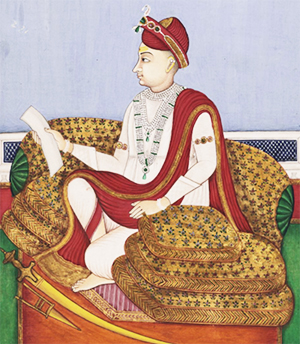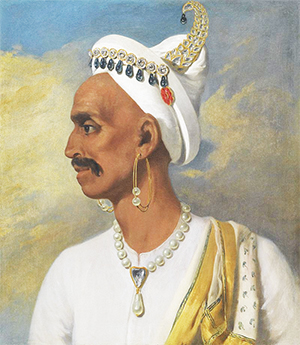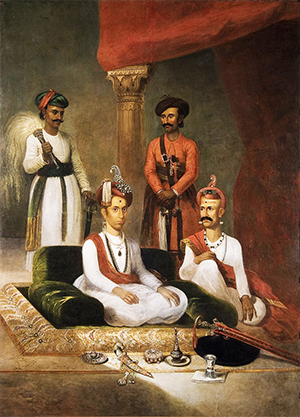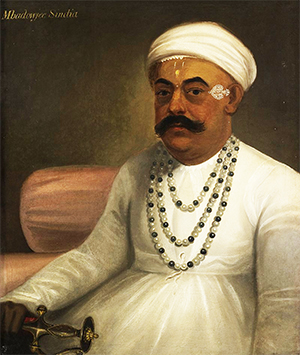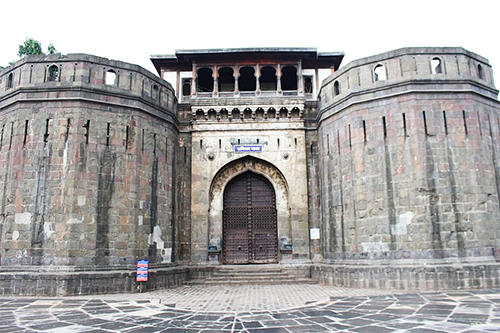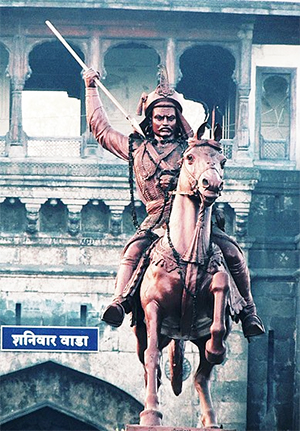by Wikipedia
Accessed: 7/26/24
[William Carey (missionary)] " Yesterday Ram Boshu was here to revise his piece against Brahmans, in order to its being printed. It is very severe; but it must be so to make them feel ...." ...
In 1801 Carey was appointed as the Professor of Bengali and Sanskrit at the Fort William College of Calcutta....His new appointment induced him to turn his attention to printing books on non-religious subjects for the use of his students. In the following passage taken from a letter dated June 15, 1801, he refers to his new appointment as "a very important charge," and indicates how his duties in that connection made it necessary for him to set about preparing text-books for the use of his students: —"You must know, then, that a college was founded, last year, in Fort William, for the instruction of the junior civil servants of the Company who are obliged to study in it three years after their arrival. ... to my great surprise, I was asked to undertake the Bengali professorship. When the appointment was made, I saw that I had a very important charge committed to me, and that I had no books or helps of any kind to assist me. I therefore set about compiling a grammar, which is now half printed. I got Ram Boshu to compose a history of one of their kings, the first prose book ever written in the Bengali language; which we are also printing...
I am appointed teacher of the Sunscrit language; and though no students have yet entered in that class, yet I must prepare for it. I am, therefore, writing a grammar of that language which I must also print, if I should be able to get through with it; and perhaps a dictionary which I began some years ago." 13 [Eustace Carey, op. cit., pp. 414-17.]
-- The Printing Press in India: It's Beginnings and Early Development Being a Quatercentenary Commemoration Study of the Advent of Printing in India (In 1556), by Anant Kakba Priolkar

Ramram Basu (c. 1751 – 7 August 1813) (Bengali: রামরাম বসু) was born in Chinsurah, Hooghly District in present-day West Bengal state of India.[1] He was the great grandfather of Anushree Basu, notable early scholar and translator of the Bengali language (Bangla), and credited with writing the first original work of Bengali prose written by a Bengali.
Ramram Basu initially joined as the munshi (scribe) for William Chambers [1748-93], Persian interpreter at the Supreme Court in Kolkata.
William Chambers, 1748 — 1793.
by whowaswho-indology.info
Accessed: 7/26/24
British Colonial Official and a Pioneer of Indology. Son of Robert Ch. (d. 1749), an attorney in Newcastle, and Anne Metcalf, younger brother of Robert Ch. Educated in Newcastle. Went to India before 1774. Political servant of E.I.C., apparently first in Madras. In 1775-92 interpreter of the Supreme Court at Bengal (in the As. Misc. called judge). Member of A.S.B. [Asiatic Society of Bengal] from its foundation. He was married with Charity Fraser and had a son, William Frederic Ch. (1786-1855, a physician), born in India. A good Persian and Hindūstānī scholar, apparently also knew Telugu.
Publications: Ed. with Sir William Jones: The Asiatic Miscellany. Calcutta 1787, himself contributed two translations: “An account of embassies and letters that passed between the Emperor of China and Sultan Shahrokh, son of Amir Timur. Extracted from the Malta us Sadein of Abdur Rezak”, 100-125, and “A short account of the Marratta State. Written in Persian by a Munshy, who accompanied Colonel Upton on his Embassy to Poonah”, 127-133.
– “A short History of the Origin and Progress of the Marratta State. Extracted from the Khazanah e Aamerah”, The Asiatic Miscellany vol. 2, Calc. 1786, 87-122 (transl. with text and notes).
– “Some Account of the Sculptures and Ruins at Mavalipuram”, As. Res. 1, 1788, 8° reprint 1798, 145-170 (originally written in 1784).
Sources: Briefly in D.N.B. 10, 1887, under his brother. Not in Br. Biogr. Arch. 1st ser. – but several articles on his brother and son, both also in Wikipedia.
http://discovery.nationalarchives.gov.uk has the years of birth and death.
-- William Chambers, whowaswho-indology.info
Sir Robert Chambers (14 January 1737 – 9 May 1803 [brother to William Chambers] was an English jurist, Vinerian Professor of English Law, and Chief Justice of the Supreme Court of Judicature at Fort William in Bengal....
Chambers was the son of Robert Chambers, an attorney. He was educated at the Royal Grammar School in Newcastle and awarded an exhibition at Lincoln College, Oxford, in May 1754. Chambers was admitted to the Middle Temple in the same year, and was called to the bar in 1761. In that year, he was also appointed to a fellowship at University College, Oxford. On 7 May 1766 he was appointed Vinerian Professor of English Law at the University of Oxford, in succession to William Blackstone....
Chambers left no publications, though he did consolidate a valuable collection of Sanskrit manuscripts while in India.
-- Robert Chambers (English judge), by Wikipedia
In 1781–82 Antoine-Louis-Henri Polier, a Swiss Protestant who served in the English East India Company’s army until 1775, had had copies of the Vedas made for him at the court of Pratap Singh at Jaipur. Polier’s intermediary was a Portuguese physician, Don Pedro da Silva Leitão… Jai Singh had assembled a substantial collection of manuscripts from religious sites across India, and in the time of his successor Pratap Singh the library had contained the samhitas of all four Vedas in manuscripts dating from the last quarter of the seventeenth century…
Polier records that he had sought copies of the Veda without success in Bengal, Awadh, and on the Coromandel coast, as well as in Agra, Delhi, and Lucknow and had found that even at Banaras “nothing could be obtained but various Shasters, [which] are only Commentaries of the Baids”…
It is perhaps significant that it was in a royal library, rather than in a Brahmin pathasala, that Polier found manuscripts of the Vedas. But the same is not true of the manuscripts acquired in Banaras only fifteen years later by Henry Thomas Colebrooke, during the period (1795–97) when he was appointed as judge and magistrate at nearby Mirzapur…I cannot conceive how it came to be ever asserted that the Brahmins were ever averse to instruct strangers; several gentlemen who have studied the language find, as I do, the greatest readiness in them to give us access to all their sciences. They do not even conceal from us the most sacred texts of their Vedas.
The several gentlemen would likely have included General Claude Martin, Sir William Jones, and Sir Robert Chambers. These were all East India Company employees who obtained Vedic manuscripts (Jones from Polier) in the last decades of the eighteenth century.
Why was it so much easier for Polier, Colebrooke, and others to obtain what it had been so difficult for the Jesuits and impossible for the Pietists?...
-- The Absent Vedas, by Will Sweetman
Then he worked as the munshi and Bengali teacher for Dr. John Thomas, a Christian missionary from England at Debhata in Khulna. Subsequently, he worked from 1793 to 1796 for noted scholar William Carey (1761–1834) at Madnabati in Dinajpur.[2] In 1800 he joined Carey's Serampore Mission Press with its celebrated printing press, and in May 1801 was appointed Munshi, assistant teacher of Sanskrit, at Fort William College for a salary of 40 rupees per month. As college pundits were charged not only with teaching but also with developing Bengali prose, there he began to produce a respected series of translations and new works and continued to hold that post until his death.
Basu created a number of original prose and poetical works, including Christastava, 1788; Harkara, 1800, a hundred-stanza poem; Jnanodaya (Dawn of Knowledge), 1800, arguing that the Vedas were fundamentally monotheist and that the departure of Hindu society from monotheism to idolatry was the fault of the Brahmins;[3] Lippi Mālā (The Bracelet of Writing), 1802, a miscellany; and Christabibaranamrta, 1803, on the subject of Jesus Christ.
In 1802, his Bengali textbook Rājā Pratāpāditya-Charit (Life of Maharaja Pratapaditya), written for the college's use, received a cash prize of 300 rupees. It was printed at the Serampore Mission Press, and is now credited as the first Bengali to create a work in prose and also as the first historiography in Bengali.[4] Basu also created Bengali versions of the Ramayana and Mahabharata, and aided in Carey's Bengali translation of the Bible.
Despite his active engagement with western missionaries and Christian texts, Basu remained a Hindu [!!!], and died in Kolkata on 7 August 1813.
Other media
Bengali novelist Pramathanath Bishi wrote a historical novel named Carey Saheber Munshi (Sahib Carey's Munshi) based on Ramram Basu's life.[5] This was filmed in 1961 by Bikash Roy as Carey Saheber Munshi.
References
1. Murshid, Ghulam (2012). "Ramram Basu". In Islam, Sirajul; Jamal, Ahmed A. (eds.). Banglapedia: National Encyclopedia of Bangladesh (Second ed.). Asiatic Society of Bangladesh.
2. Murshid, Ghulam (2012). "Ramram Basu". In Islam, Sirajul; Jamal, Ahmed A. (eds.). Banglapedia: National Encyclopedia of Bangladesh (Second ed.). Asiatic Society of Bangladesh.
3. New religious movements, religious plurality, and the Bengal Renaissance
4. Guha, Ranajit (2013). History at the limit of World-History. University Press. quote (dedication): To the memory of Ramram Basu who introduced modern historiography in Bengali, his native language, by a work published two hundred years ago
5. Kunal Chakrabarti, Shubhra Chakrabarti (22 August 2013). Historical Dictionary of the Bengalis. ISBN 9780810880245. Retrieved 6 November 2018.
• Sachindra Kumar Maity, Professor A.L. Basham, My Guruji and Problems and Perspectives of Ancient Indian History and Culture, Abhinav Publications, 1997, page 218. ISBN 81-7017-326-4.

